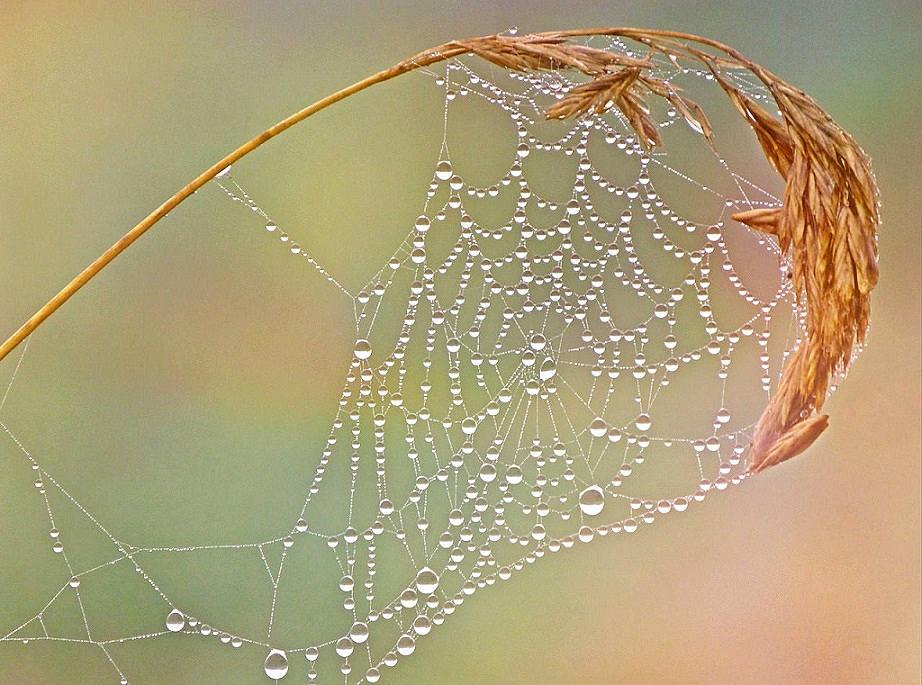Home › Forums › Time Space Knowledge › BE THE SPIDER
Tagged: Freedom, Groundhog Day, Impermanence
- This topic has 1 reply, 2 voices, and was last updated 12/06/2021 at 11:17 AM by David Filippone.
-
AuthorPosts
-
-
December 4, 2021 at 2:44 pm #848

Be The Spider by cocoparisienne – Pixabay.jpg
When Phil (in “Groundhog Day”) tells Rita, “Be the hat” he has already shared with her that he is waking up every morning to the same day, over and over again. That afternoon, he is trying to teach her how to sail a playing card into an upturned hat, an art that he has perfected in all that seemingly useless time in which the same events happen again and again, day after day. After a few misses, Rita observes “So this is how you’re using eternity”. Phil is still stuck in his old conditioning; but we see that he is beginning to realize that even cycles of repetition provide opportunities to grow and change and notice the needs of others.
This movie has always spoken to me about my own tendency to ground myself in familiar patterns and in ingrained ways of looking at whatever bobs to the surface in the flow of time. As Phil’s frozen mental constructs begin to thaw and his heart awakens, more and more of what has been hidden from him comes into view, until one morning a new day finally dawns and the new person he has become can continue his journey into uncharted territory.
My post last week (“Cells Unite”) received three comments: Walter drew attention to the blessings of peace and the value of paying attention to our heart-centered connections with others; JoAnne echoed those sentiments; and David explored how we become confined within a web of self-spun threads which we interpret as the only pathways available for us to tread.
An important question emerges from the way of looking expressed in David’s quote (from “Challenging Journey, Creative Journey”, by Tarthang Tulku). How do we move beyond the pre-established options that our web of conditioning spreads out before us, and through which we recycle day in, day out? One answer is that new options will arise as we see more about how this web and its threads have been set up and how they limit the choices available to us. Since our web has become the enclosure through which we wander, our idea of “freedom” has been reduced to the turns we take in this carefully-constructed maze.
Sometimes we glimpse another, more vital, kind of “freedom” when we look through the spaces of the web in which we have been caught.
Unlike a dolphin–caught in a fisherman’s net or a tangle of discarded plastic webbing–who looks longingly at the open ocean beyond as her lungs fill with water–we have not been caught in a web made by another species. We are caught in a net, whose every cord and cross-stitch has been inserted and authenticated by our own minds. And nothing but our own minds can undo a single one of those stitches.
Many spiritual practices tell us to replace unhealthy threads, such as patterns of addiction and rage, with ones that open us to a more harmonious way of living. But it may well be that unless we can look through the spaces between the threads, which make up the web of pre-established choices we treat as the only ones available to us, we can never taste real freedom. It may well be that when we confine ourselves to moving right or left on a pre-established web of meanings, woven around us by our assumptions and reflexive reactions, our idea of freedom will amount to the freedom to choose A over B. Not only are our choices limited but with every choice of one thread over another–every time we chose to follow one well-beaten path instead of another–we further authenticate the pre-established options available to us.
Like a spider who constantly spins a web behind itself, we are constantly spinning a network of threads which themselves prevent us from stepping out of the enclosure that we are thereby constructing.
Of course, no self-respecting spider wants its web to be swept out of the corner by the careless gesture of some stranger doing house-cleaning. We need to be the ones who question and dare to move beyond our network of conditioned views, beyond the intentions and patterns of conduct that keep us tightly bound. No one will be served if we find ourselves standing on the bare floor as a cat’s paw bats us back and forth. We need to see beyond the bars of our enclosure before we embark on a road-less-travelled; we need to step back into a wider perspective before we leap or creep into a wider world.
In Montreal I remember a friend comparing me to a spider. I don’t know if she had watched my lanky frame doing a pushup or if she had noticed that I remained inaccessible inside my own psychological web until someone made the first move to approach me; but the metaphor of being a spider hiding in its private world, from which it watches and launches occasional forays into a wider world, has remained with me.
Sometimes life sweeps away our illusory security blanket and we find ourselves trying to reweave another one, from which we can once more access our seemingly stable world. In Buddhism, we are encouraged to understand that our webs are not the true value available in a human life; that such self-erected perimeters of defense can be swept away at any moment. And since “impermanence” (together with “suffering” and “the self”) is one of the three marks of existence, we can count on it.
Now that I have experienced this sweeping away of the illusion of permanence, I am busy reweaving a new web of intentions and meanings. But inklings of another way—one in which a longing for security intermingles with an understanding that all my nests are built upon the winds—sometimes peeks through the threads as I continue to lay them down, one upon another. Sometimes I even remember that all today’s castles will be swept away by a final high tide.
I suspect that we all yearn to look through the open spaces in our personal webs, and sense the importance of finding alternatives to the web being woven by the giant spider that sits atop the choices being made by agencies of government and commerce, with their deeply embedded ignorance of consequences.
There is so little time left to reform those engrained choices, both as individuals and as a society. But we need to, if we and our communities are to set sail into a future that sees and values true freedom for all beings.
-
December 6, 2021 at 11:17 am #849
Here is the quote from “Challenging Journey, Creative Journey”, by Tarthang Tulku, that Michael referenced in his above post, regarding the need for a much wider awareness of the transitions that occur between thoughts… Rinpoche writes:
“Caught in the regime, we are bonded to the structures that frame us, entangled in ropes and nets of our own making. The words that point toward another possibility, are simply words, lacking all depth. [T]he fabricated constructs that facilitate our [bondage], our subject-object world, we circle in spirals of desire, negativities, and anxieties. The patterns in which we move have no substance. They are an illusion that we craft for ourselves by spinning faster and faster. We see only the illusion of substance, the claim of reality. These patterns are subtle. We walk where we wish, but somehow we always walk the paths that have been laid down in advance. We are free to pursue our own interests, but not free to question whether being selfish is the best choice. We are free to decide what is bad and what is good, but not free to ask whether our understanding of good and bad is distorted from the outset. I live my life as I always have, and I find myself where I’ve always been.”
“Unless we look into this, we are not free. If we want to look beyond this kind of automatic behavior we need to look at The Transition Between Thoughts. If we don’t experience the transitions, we don’t experience our lives. We are not connected. If we want to change how we know, we need to question these kinds of structures. The more we see, the closer we get to being free. When we release ourselves of having to follow our past ways of thinking, we can look at the transition between thoughts, and we can make choices. It all starts with questions.”
…’Challenging Journey, Creative Journey,’ by Tarthang Tulku, p. 69-80 [Emphasis added]
-
-
AuthorPosts
- You must be logged in to reply to this topic.
